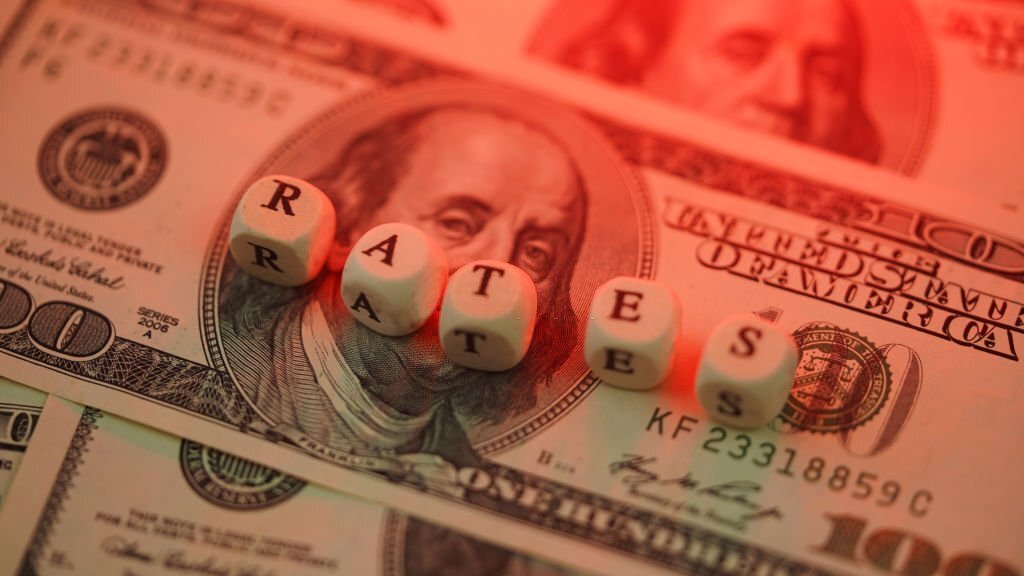Have you ever wondered about the economic forces at play behind the scenes that shape our financial landscape? One of the most significant, yet often overlooked, tools in this mechanism is the power of increasing the interest rate. This might seem like a dry, complex economic concept, but it is, in fact, a fascinating lever that policymakers pull to shape economies. Its influence can be felt everywhere, from the prices you pay at your local grocery store, to your savings account returns, and even the global market trends. Read on to embark on a journey, exploring the dynamics of increasing interest rates and their broad and profound implications on the economy.
The Basics of Interest Rate Increases
At its core, the concept of increasing the interest rate revolves around controlling inflation and ensuring economic stability. Central banks use this tool as a part of their monetary policy strategy. When they increase the interest rate, it essentially becomes more expensive for individuals and businesses to borrow money. The resulting decrease in borrowing slows the rate at which money is circulated in the economy. This deliberate deceleration can have a profound impact on economic growth and stability.
The Relationship Between Increasing the Interest Rate and Inflation
One of the critical roles of increasing the interest rate lies in its ability to curb inflation. Inflation – the rate at which the general level of prices for goods and services is rising – can be a double-edged sword. It’s necessary for a healthy economy to have a certain level of inflation. However, when it goes unchecked, it can lead to economic instability.
Increasing the interest rate is a proactive strategy to keep inflation in check. By making borrowing more costly, it decreases the amount of money in circulation, which in turn reduces demand for goods and services. When demand decreases, prices typically follow, thus controlling inflation.
The Impact on Savings and Investment
Another area where increasing the interest rate plays a significant role is in influencing the behaviour of consumers and investors. When interest rates rise, people find it more beneficial to save their money, as they receive higher returns from interest. On the flip side, it discourages individuals and businesses from making significant investments or large purchases on credit, further reducing the amount of money in circulation.
At the same time, increasing the interest rate also makes certain investments more attractive. Investors who may have been looking at riskier, higher-yield investments might turn their attention to safer options, like government bonds, which offer better returns when interest rates are high. This shift can also have a stabilizing effect on the economy.
The Impact on Savings
When interest rates rise, there’s a corresponding increase in the returns that people receive from their savings in banks or other financial institutions. The primary reason is straightforward: the interest that banks pay to their account holders directly correlates to the rates set by the central bank. As interest rates go up, so too does the amount of interest earned on savings. This increase incentivizes people to save more, thus reducing their overall spending and putting less money into circulation in the economy.
The Deterrent Effect on Credit-based Spending
Another effect of increasing the interest rate is that it makes credit more expensive. Whether it’s an individual considering buying a house or a corporation looking to finance a new project, the cost of borrowing funds becomes significantly higher. Consequently, both individuals and businesses are likely to postpone big-ticket purchases that require borrowing, leading to a slowdown in consumption and investment. This reduction in spending can help cool down an overheated economy.
The Shift in Investment Behavior
Higher interest rates don’t just encourage people to save more; they also alter investment behaviors. As rates rise, certain low-risk investment options such as bonds and fixed deposits become more attractive due to their increased returns. This shift might result in investors moving their money away from riskier, high-yield assets like stocks, causing stock prices to fall. However, it also means that money is being directed towards more stable and secure investments, which can contribute to economic stability.
Positive Effects on Pension Funds and Insurers
Increasing interest rates have a positive impact on entities like pension funds and insurers too. These organizations typically hold a significant portion of their assets in bonds. When interest rates increase, the return on newly issued bonds also rises, thus improving the overall performance of these funds.
International Capital Flows
Finally, it’s worth noting that higher interest rates can attract foreign investors seeking better returns on their investments. When a country raises its interest rates, it often leads to an inflow of foreign capital, which can strengthen the local currency. However, it’s a delicate balance, as too much foreign investment can lead to an overvaluation of the currency and affect the competitiveness of the country’s exports. Despite these potential pitfalls, the inflow of foreign capital can play a role in boosting the economy.
Increasing the Interest Rate: A Global Perspective
The policy of increasing the interest rate isn’t something that’s exclusive to any one country or economy. Central banks around the world increase interest rates as a way to maintain economic stability. And in our interconnected global economy, the ripple effects of interest rate increases can be felt worldwide. For instance, an increase in interest rates in a significant economy like the U.S. or the EU can affect global trade, foreign exchange rates, and international investment patterns.
Conclusion
In conclusion, the tool of increasing the interest rate is a critical one in the hands of a central bank. It helps regulate inflation, encourages saving, influences investment behavior, and contributes to the overall stability of an economy. As global financial landscapes continue to evolve, understanding the impact of such economic measures becomes increasingly crucial.
